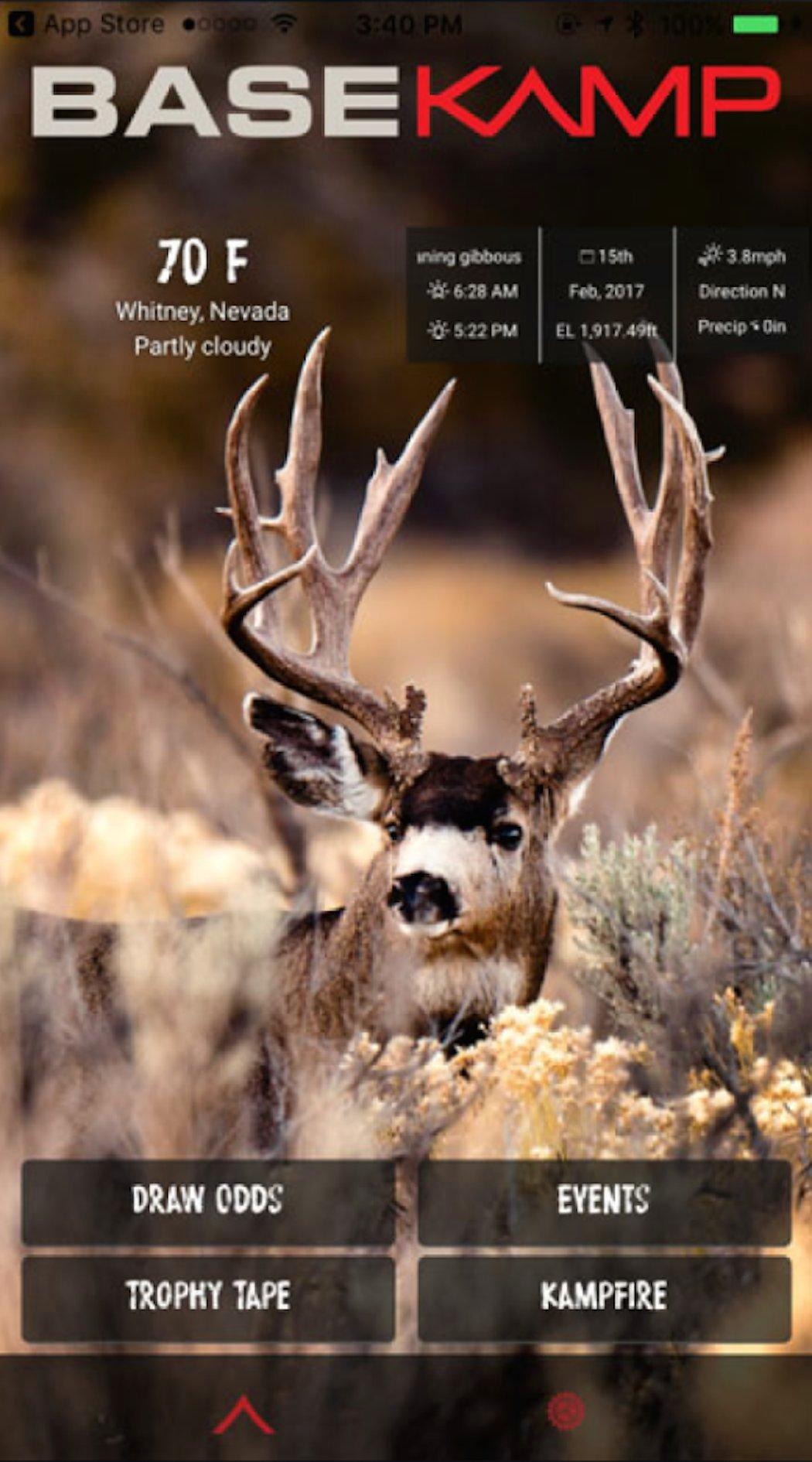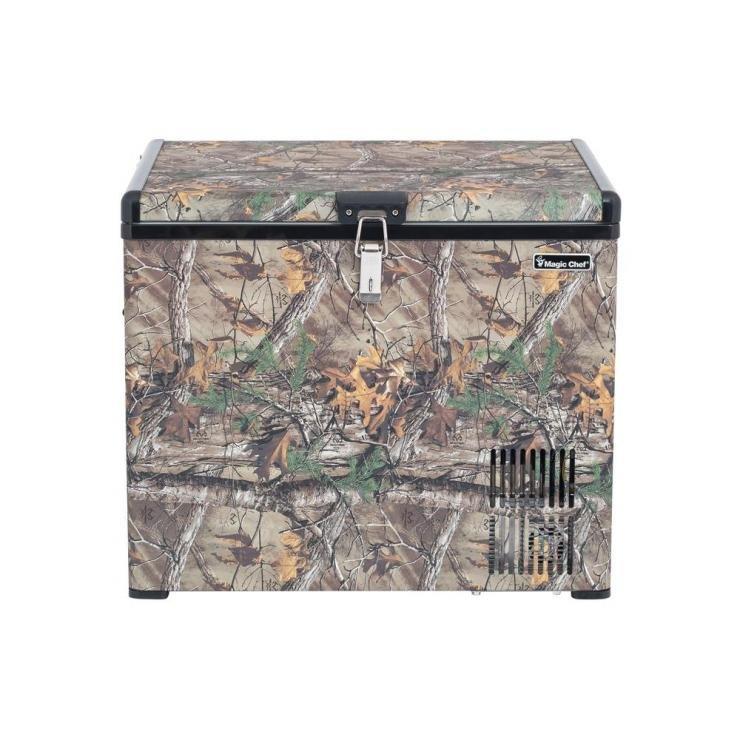These Tactics Work. Have You Implemented Them?
Next to whitetails, it is safe to say that elk are the most sought-after big-game animal in the United States. There is something about the vast wilderness and the bugle of a bull at daylight that makes elk hunting so remarkable. The downside is as the popularity of elk hunting has increased, so has the bull elk's ability to remain silent and slip into the backcountry until the season is over.
Elk hunting success with a bow hovers around 10 percent in most Western states, mainly because elk are smart and respond very quickly to hunting pressure. Yet, every year we all know hunters who walk off public land in Colorado, Idaho and New Mexico, where public land hunting is popular, with heavy loads on their backs, antlers draped across their shoulders and grins from ear to ear. I have interviewed many elk hunters that defy the odds and they seem to have one thing in common -- they aren't scared to try new tactics. Below are a few oddball tips that will give you an edge this elk season.
1. Under the Cover of Darkness
The BaseKamp Draw-Odds (and More) App for Western Big Game Hunting
Jerrod Lile and his buddy, Dan Evans, who owns Trophy Taker, are two of the most successful elk hunters around. Most years Lile and Evans each harvest two or more elk using tactics that are anything but typical. Instead of calling his brains out at bulls during daylight hours, Lile prefers to work third shift.
Mature bulls are pretty call shy. As the season progresses, they typically don't respond to calling or answering a bugle during daylight hours. However, that bull that is shy during the day is often extremely vocal after dark, said Lile. While most hunters are cooking their evening meals or nestled in their sleeping bags, Lile is out locating bulls. I typically listen all night for bulls to bugle. If I decide to use a bugle, it is often after dark and I am just trying to get a bull to respond. Once I get a bull to talk, I slip in on him.
Most of us are intimidated by the thought of sneaking up on a bull because we think we'll get busted. However, according to Lile, it isn't as tough as it sounds. I usually try to shadow a herd of elk in the middle of the night and do my best to stay close to them. If I can stay close, at daylight I will probably know where they are and be able to get within bow range. Hunters who want to try the third-shift stalking game will need a healthy dose of patience, stalking within bow range of an elk can take awhile.
Don't Miss: 3 Kinds of Elk You Should Hunt
Elk aren't very hard to stalk. It's just time consuming. I often spend hours within a few hundred yards of a bull before I get close and get the shot I am looking for. If I rush in or make noise, I can mess everything up quickly. Many of the bulls I have stalked wouldn't have been located if I didn't stay up at night and listen for bugling and make my move in the dark.
2. Rattling in Bulls
Most of us have spent a fair amount of time rattling for whitetails, but few of us have ever rattled for elk. New Mexico resident Ralph Ramos successfully rattles in bulls every year. While most hunters are calling as little as possible, Ramos is as aggressive as he can be.
Magic Chef Portable Freezer in Realtree Xtra
I usually start rattling in the early season and increase the amount of rattling I do as the season progresses, said Ramos. I have my best luck just before and during the rut. I usually cow call and bugle a little bit to sound like a small herd moving through the area. This calling method works best when you have another caller with you so the herd sounds more realistic. If I don't have another caller, I use all kinds of calls with different pitches so I sound like a lot of elk. After several minutes of calling, I start sounding like two different bulls about to fight. I will rag brush, bugle, growl and make all kinds of noise.
After a few minutes of trying to create a situation that sounds like two raging-mad bulls, Ramos pulls out a large set of elk sheds that he carries with him and starts rattling.
I often take one shed and lay it on the ground and smash it with the other shed. It creates a lot of noise and often brings bulls in. Once the horns start cracking, the hunter will usually see the bull within 10 minutes. I usually have the hunter about 100 yards in front of me and big bulls usually come in to see who is fighting.
Ramos doesn't aimlessly wander around the woods calling and rattling. He starts out the morning trying to get a bull to respond by calling and creating excitement. A lot of hunters don't call much. I like creating excitement and getting the bulls all riled up. Once I get a bull going, I break out the sheds. That's usually all it takes to bring them in close.
Most of us don't have a problem getting bulls to respond. Getting them within bow range is where we have the problem. Just like a spring gobbler, they often hang up at 70 or 80 yards. Ramos says that isn't the case when you rattle. Because few hunters rattle to elk, bulls come running in because they are convinced two bulls are going at it. Sometimes they run in making lots of noise. Other times they sneak in silently.
Don't Miss: Elk Hunting: The Affordable Drop Camp Elk Hunt
During the middle of the afternoon when most hunters head back to camp, Ramos often turns up the heat on a bedded bull. Hunting bedded bulls can be difficult because they are often surrounded by cows and stalking in on them can be tough. That's why if I hear a bull bugle from his bed or know where a bedded bull is, I will sneak in as close as I can and mew a few times. I follow it up by bugling and rattling. If I am within a hundred yards of that bedded bull and he hears the cow and the fight, he often comes to see who is trying to take his cow.
Dragging elk sheds through the timber of the West can be difficult but the extra weight on your back might be worth it. Ramos guides each fall and the success rate for bowhunters is nearly 100 percent.
3. Hunting from a Treestand
Most deer hunters hunt from a treestand, yet few ever hunt from a treestand for elk. Unlike deer that are used to being hunted from above, elk rarely look up into a tree to look for hunters. A friend of mine, Clay Hall from Summit Treestands, recently killed an elk from a treestand and filmed the hunt. We hunt on runways near bedding areas, said Hall. The elk walk right past us and never look up at us, even when my cameraman and I are up in the tree. Hall and his pals usually use topo maps and GPS units to locate areas they think elk are likely to travel through.
Another friend recently hunted the first week of September in Colorado. On his way into the backcountry, he met five guys with treestands on their backs. Four out of the five killed a bull that week sitting on waterholes. Now sitting near a waterhole isn't a new elk tactic, but few hunters sit in a treestand over a waterhole. Being in a tree gives you a better vantage point and the elk won't notice you in the tree. My buddy stopped and talked with the five bowhunters and they said they sit near waterholes or game trails all day every year. They tag out almost every year. The key to their success was hunting in the early season when elk patterns were more consistent and the waterholes were being used daily.
If you are committed to hunting from a treestand near a waterhole or runway, bring a scouting camera to determine which area to hunt in. If you are unsure when elk use a certain travel route or watering hole, a camera will do the homework for you.
Elk hunting is tough. Hiking up and down mountains at high elevations can make crybabies out of the toughest guys, especially when the elk aren't responding to calls. However, when the odds are against you, thinking outside the box and using tactics most hunters won't use may put the odds in your favor. Instead of crying tears of pain, you may be crying tears of joy. Carrying 40 pounds of sheds on your back while wandering through the wild lands of the West in the dark might not sound like fun, but neither is going home empty-handed.
Editor's note: This was originally published December 4, 2008.
Are you a big game hunter thirsty for knowledge? Check out our stories, videos and hard-hitting how-to's on big game hunting.










